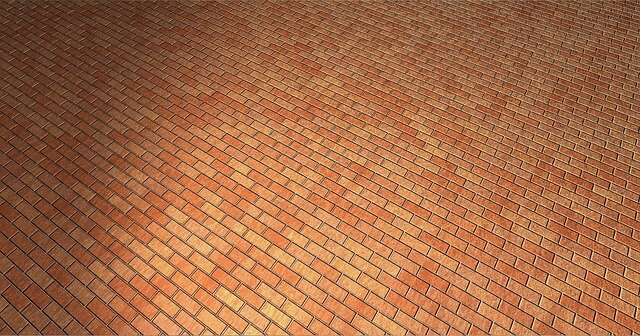What is Brick Flooring?
Brick flooring is one type of floor made of brick. Brick is a cheap material and is available easily at any place; therefore, its construction is comparatively cheap.

This floor is used almost in similar conditions as flagstone floors. It is used for places where heavy articles are to be stored like – godowns, sheds, stores, etc.
In brick flooring, bricks may be laid either on edge or flat, and the brickwork is carried out in cement or lime mortar. Read Also: Types of Bricks.
Method of Construction
In the construction of brick flooring, first of all, depending on the type of soil and structure, an excavation of around 40 cm is made below the proposed surface. The excavation surface is then leveled, watered, and rammed properly.
Over this, a hard sub-grade is prepared by laying about a 25 cm thick layer of rubble boulders or broken brickbats. The layer is then well-rammed and watered.
After preparing a suitable subgrade, a layer of lime concrete about 10 to 15 cm thick is laid over it. In some cases, a layer of lean concrete (1 cement: 3 sand: 6 coarse aggregates) is laid in place of lime concrete.
After this, bricks are laid in the desired shape( maybe in parallel rows or herring-bond pattern) on a layer of lime mortar about 2.5 cm thick.
The vertical joints of bricks are usually set in cement mortar 1:3. The thickness of vertical joints may vary from 1.5 mm to 6 mm. Fine joints can be obtained by adopting rubbed bricks.
Advantages of Brick Flooring
The following are the major advantages of brick flooring:
- It offers a durable and sufficient hard floor surface.
- It provides a non-slippery surface.
- It offers a fir-resisting surface.
- It is cheaper than terrazzo flooring, mosaic flooring, cement concrete, and marble flooring.
- The maintenance process is easy.
Disadvantages of Brick Flooring
- The main disadvantage is that it is absorbent.
- It is more costly than mud flooring and muram flooring.
Read Also: